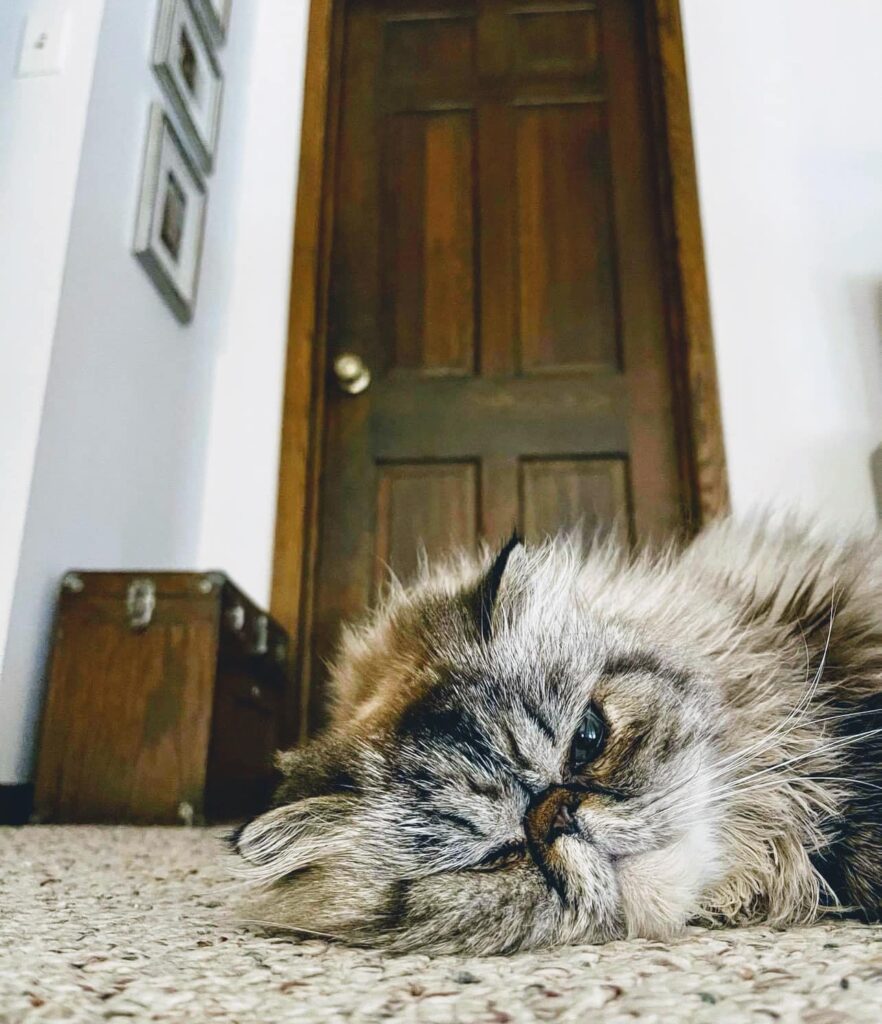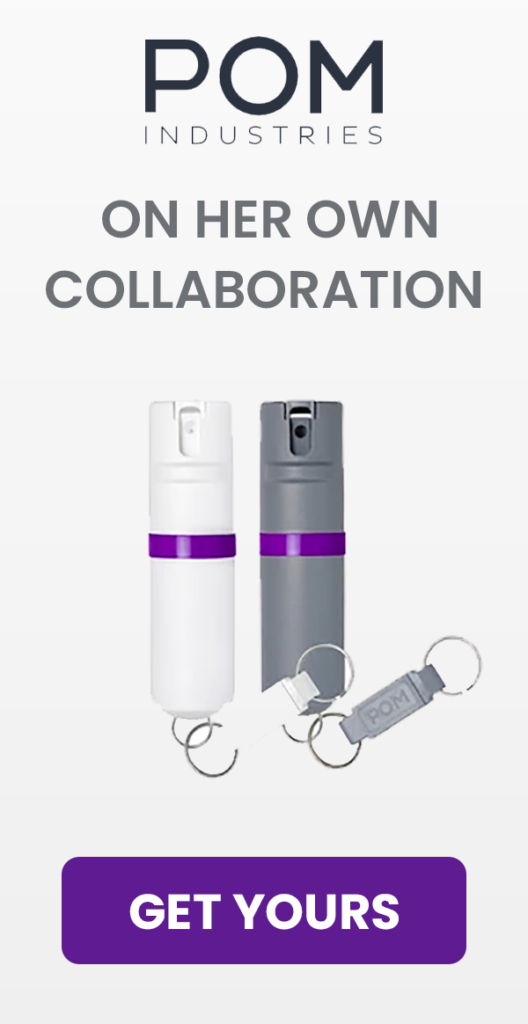
Last spring, the great toilet paper shortage illustrated the consequences of supply chain interruption caused by the complexities of international disasters. If that wasn’t enough of a wake-up call, various other items went up in price or down in availability: hand sanitizer and other cleaning supplies became difficult to find, yeast for everyone’s new bread-making hobby disappeared off the shelves, and the price of meat skyrocketed. More recently, we’ve all also discovered the frustration of trying to order things online for delivery via US Postal Service and been exposed to the giant logistical nightmare of trying to distribute the COVID-19 vaccines across the United States and the world. One implication of all that escaped me until I saw a mention of it from one of my friends, Malyssa, whose gorgeous (and only slightly grumpy-looking) cat you see here.
Silver Lion here (and on IG @i_am_silver_lion), like most cats, is a bit picky about his food. His cat-mom wisely has introduced some new varieties to no avail: he still only eats very limited varieties. It wouldn’t be so much of a problem, except that she recently received a notification from her subscription delivery service that everything she was ordering for him was out of stock. Kitty is going to be eating into the stash of backup food until Mal finds another source or until his food becomes available from that service again. Can you see the potential problem here? After all, the whole point of auto-ship is that you don’t need to remember to buy food and other supplies. They just magically show up on your doorstep just as you’re running low.
As soon as I saw this story, I started thinking of all of the things we buy where only one type will do, and how many of them are reliant on ordering and transportation technology to arrive when we need them. They could include the only food your dog or cat eats, the medication you need to survive daily life, maybe the treat without which your kid will melt down entirely if not kept in healthy supply. They’re so important to us, but when is the last time we did a few of the following to make sure we’re not out when we’re most in need?
Keep an eye on notification emails and schedule calendar reminders to make sure that auto-fills are actually auto-ing. Mal fortunately read the email notifying her that Silver Lion’s food was out of stock, so she knows before the shipment is due that it won’t arrive and can start looking for alternate sources. If you’re on prescription meds, you might not realize you’ve run out of refills and that your pharmacy and doctor haven’t coordinated a new prescription yet, unless you’re staying on top of them. Even though the service you’re using should be tracking for you, you still need to actually read your emails from them and to set additional, independent reminders to check up on them. If getting certain products in your life is so important, you can’t have a single point of failure in getting them.
That also means finding alternative products and sources. It’s perfectly fine to have a preferred place to shop and a preferred flavor, brand, or other specific. However, it’s important to experiment with other options before you are in dire need. Products get discontinued all the time – as you well know from the last time you tried to buy your favorite brand, fit, and size of jeans. You don’t want to be scrambling when you’re low or out of your favorite and have no fall-back. Instead, do as Mal did and introduce other varieties early and find other acceptable options so that when supply chains are disrupted for whatever reason, you aren’t looking for just one thing. It could be a generic or store brand that isn’t quite as good, but will get you through until you can find your preferred product again. It could be a store that’s a bit more inconvenient to get to or charges a little more shipping, but that extra effort and cost are worth it when there are no other places to get what you need.
You should also stock up while you can. That doesn’t mean hoarding or buying out inventories every chance you get, especially when shortages loom, but it does mean keeping a bit of extra instead of always being on the edge of running out. The simplest way to do this is to order an extra one now, while you can, or to shorten the frequency of your auto-ship slightly, to slowly build up a stock. If you have the budget and space, try to keep an extra month or two of any necessity stashed away. That should give you enough time for supply chains to adjust to problems or for you to start buying other options or from other places. As a bonus, having your personal supplies stocked up will help you extend your limited cash if you need to start eating into your emergency fund. If you end up with a little bit too much of one thing or another, you can put your purchases on pause even without a current shortage, or you can donate extras of certain items. Pet food and supplies are always needed at animal shelters, for instance. You might also explore whether certain items can be safely used past expiration dates, like many medications as long as they’re properly stored. Either way, these are better problems to have than being completely out.
So what is something that you can’t do without, and what steps are you taking right now to make sure you’ll have it when you need it, no matter what kind of supply chain disruption, shipping disaster, or other problem might come up? I hadn’t thought of cat food before Mal’s post (and my cat, Tuna, is appalled), so I’m betting you can suggest a few things that someone else might not have considered could become hard to buy.




